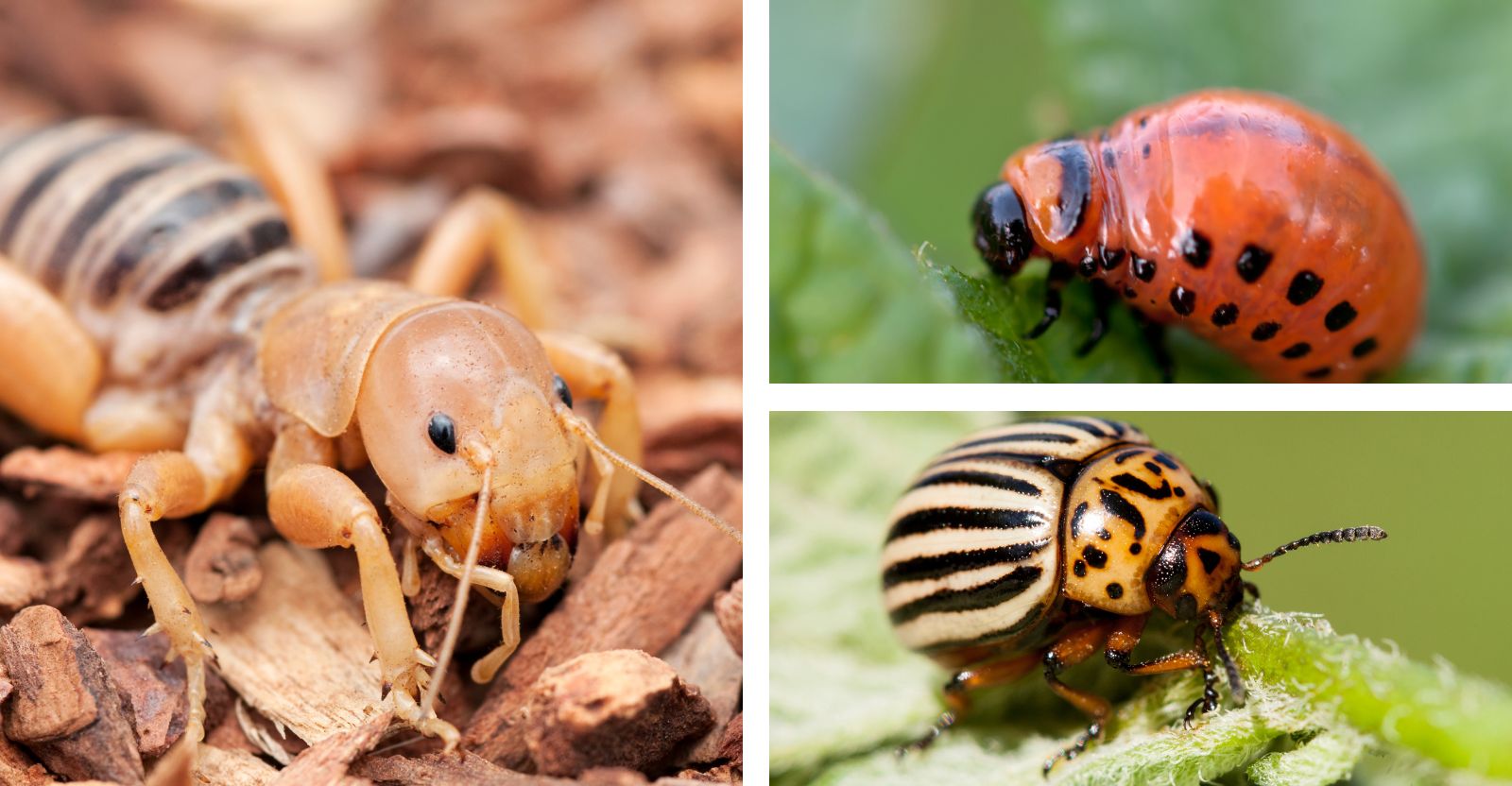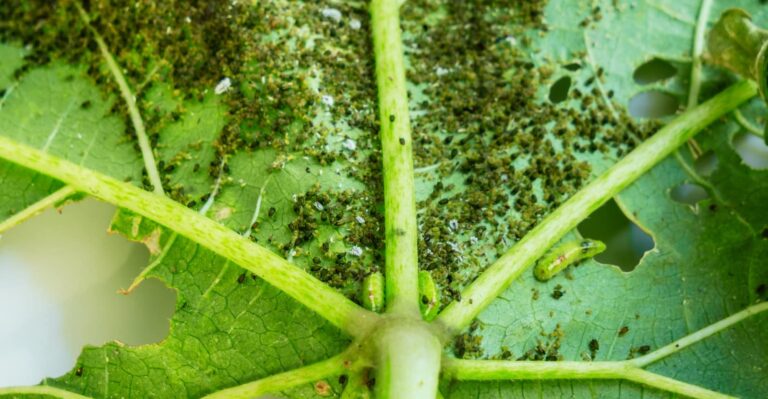Amazon has put together some great Home Gift Deals – save money and get your shopping done at the comfort of your home! Click here to see deals on Amazon
If you’re reading this, then you’re probably already aware of the damage these potato bugs can do to your vegetable plants. This is also one of the first pest problems you’ll likely encounter as a vegetable gardener.
There is no doubt that potato bugs are the bane of every gardener. They’re nocturnal insects that hide during the day and come out at night to feast on your potatoes and other root vegetables.
They can be challenging to identify at first glance, and it’s not always clear how to get rid of them.
But don’t worry, we’ve got you covered. Keep reading this article to learn more about potato bugs and how to eradicate them from your garden.
What is a potato bug?
The potato bug is a tiny, gray cricket-like insect found in several parts of North America and Europe.
These are also known as Jerusalem cricket, St. George’s Dragon, or the Colorado potato beetle.
There are two main types of potato bugs that are often found in edible gardens.
- Colorado potato beetle (Leptinotarsa decemlineata)
- Jerusalem Cricket (Stenopelmatus fuscus)
Interestingly, potato bugs belong to insects such as grasshoppers, katydids, and home crickets. Their diet is mainly planting roots, vegetables, fruits, and small insects. Fortunately, they’re not poisonous, but they won’t hesitate to bite with their strong jaws when threatened.
Colorado potato beetle loves to devour potatoes and will make several appearances throughout the growing season. Luckily, they’re relatively easy to spot and kill before they could do too much damage to your crop.
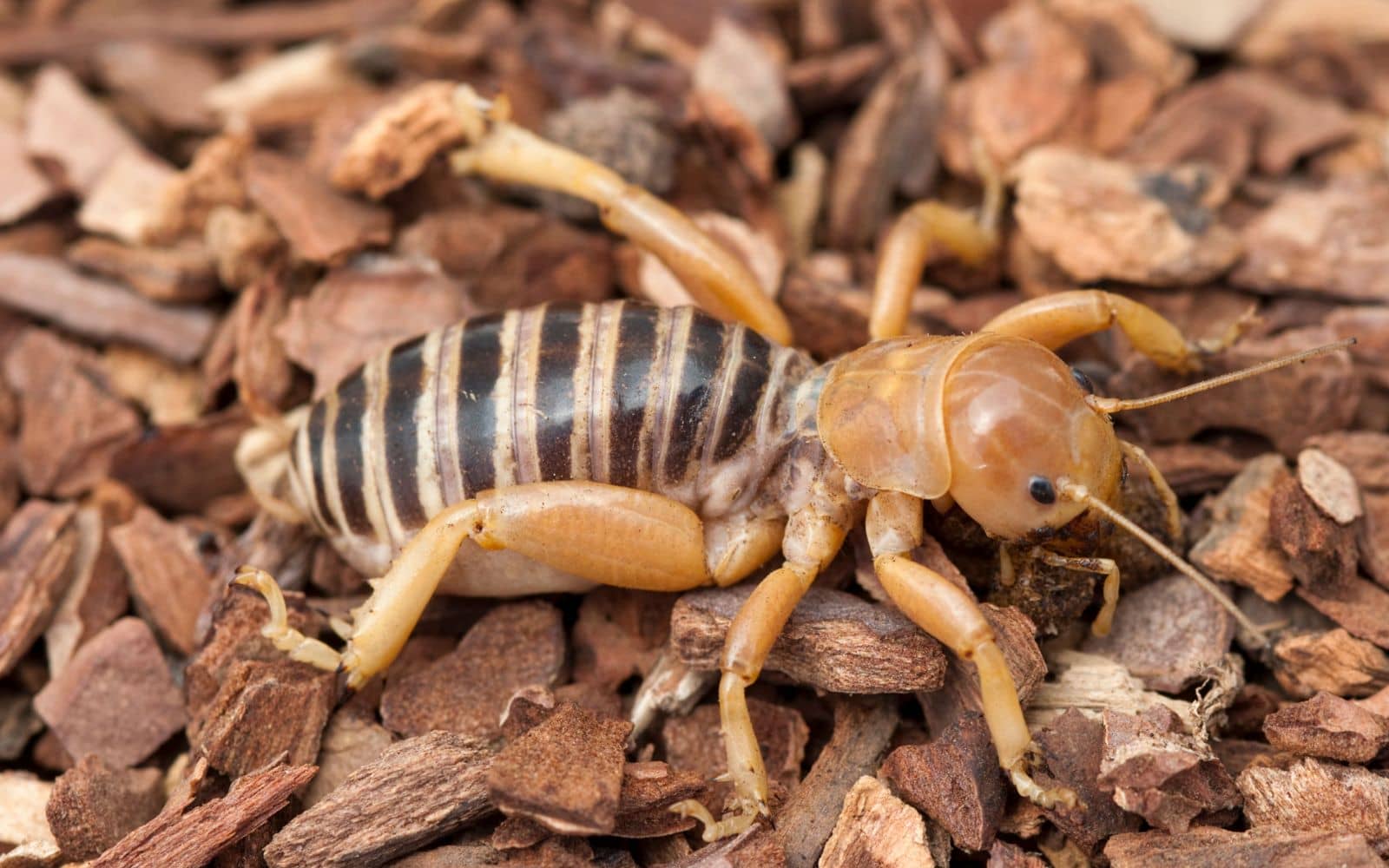
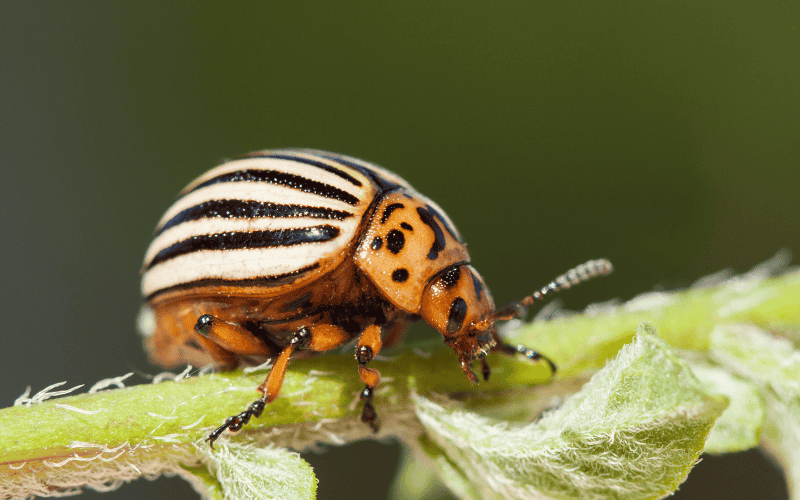
What does a potato bug look like?
Potato bugs, most prominently Colorado potato beetle, have a very distinct appearance of dark black lines running at the top of their body. Adult potato beetle can grow 1/3 inch long, and they have ten dark lines running vertically on their yellow-orange wing shields.
The head of a potato beetle is slightly more orange than their bodies. The beetle larvae start as tiny rust-colored grubs but soon transform into humpbacked orange grubs with a row of black spots on each side.
Potato bugs lay tiny clusters of yellow eggs on leaf undersides that look like eggs of ladybugs. The Colorado potato beetle’s larvae are red to pinkish and have black spots on their body.
On the other hand, Jerusalem crickets look like other crickets with a long body that tapers toward the back but is slightly more reddish than brown.
They’re also called “Nina de la Tierra,” which in Spanish means children of the earth, and contrary to popular myth, they don’t cry like children. They don’t have wings, so they can’t fly, but they have a firm jaw and prominent head giving them an alien-like appearance.
Compared to the Colorado potato beetle, Jerusalem crickets are large, about 2–3 inches long. They have large legs like a grasshopper, an amber-yellow head with an antenna on it, and a thorax with black-brown rings on the abdomen.
Jerusalem crickets are native to the western and southern regions of the United States and Mexico.
What is the life cycle of the potato bugs?
Adult potato bugs overwinter in the soil and emerge in the spring to look for the host plant where they can feed and lay eggs.
The life cycle of Jerusalem crickets and Colorado Potato beetle differs slightly. We have covered it in-depth below.
The life cycle of Jerusalem Crickets
Jerusalem crickets, also known as Stenopelmatus fuscus, are named after the city of Jerusalem because people believed insects came riding on trading ships from Jerusalem to Hawaii in the 19th century.
There are three species of Jerusalem crickets, two from Hawaii and one from the United States. They belong to the same insect genus as locusts, grasshoppers, and crickets.
The Jerusalem cricket potato bugs have four distinct life stages: egg, nymph, adults, and the final matured stage. They’re nocturnal insects that come out at night to feed on potato leaves.
In summer, you can find them resting underneath rocks, dead logs, or boards. They hibernate deep in the ground and crawl out when the temperature hit above 15 degrees Celsius.
Female crickets lay a group of 500 or more clustered yellow eggs that hatch into nymphs between a week to two weeks, depending on the temperature. The larvae begin to feed when they emerge from an egg.
Adult Jerusalem crickets are primarily scavengers, feeding on plant tubers and roots, including dead animals.
Like other crickets, they create sound by rubbing their back leg against their abdomen. They generate a drumming song during the mating period by thrashing their bodies on the ground.
Contrary to popular belief that Jerusalem always destroys plants, They’re becoming a popular addition to many gardeners’ arsenals. They’re pretty helpful in controlling garden pests.
They prefer to eat more on decaying plants’ dead roots. They burrow deep inside the ground helping with soil aeration to let air and nutrients pass to the plant roots.
Also, they feed on smaller insects that could cause damage to the plants and act as natural pest control for the garden. Jerusalem crickets aren’t as damaging to the potato plant as Colorado potato beetles are.
They prefer to live in a dark and moist place and are rarely seen indoors unless it’s too hot outside. But They’re no threat to humans, pets, or the home itself.
You can prevent them from getting inside a house by filling any cracks or gaps along with the windows, doors, and sidings. Keep the home area clean from dirt, rocks, wood chips, and debris as it prevents them from hiding underneath it.
The life cycle of Colorado Potato Beetle
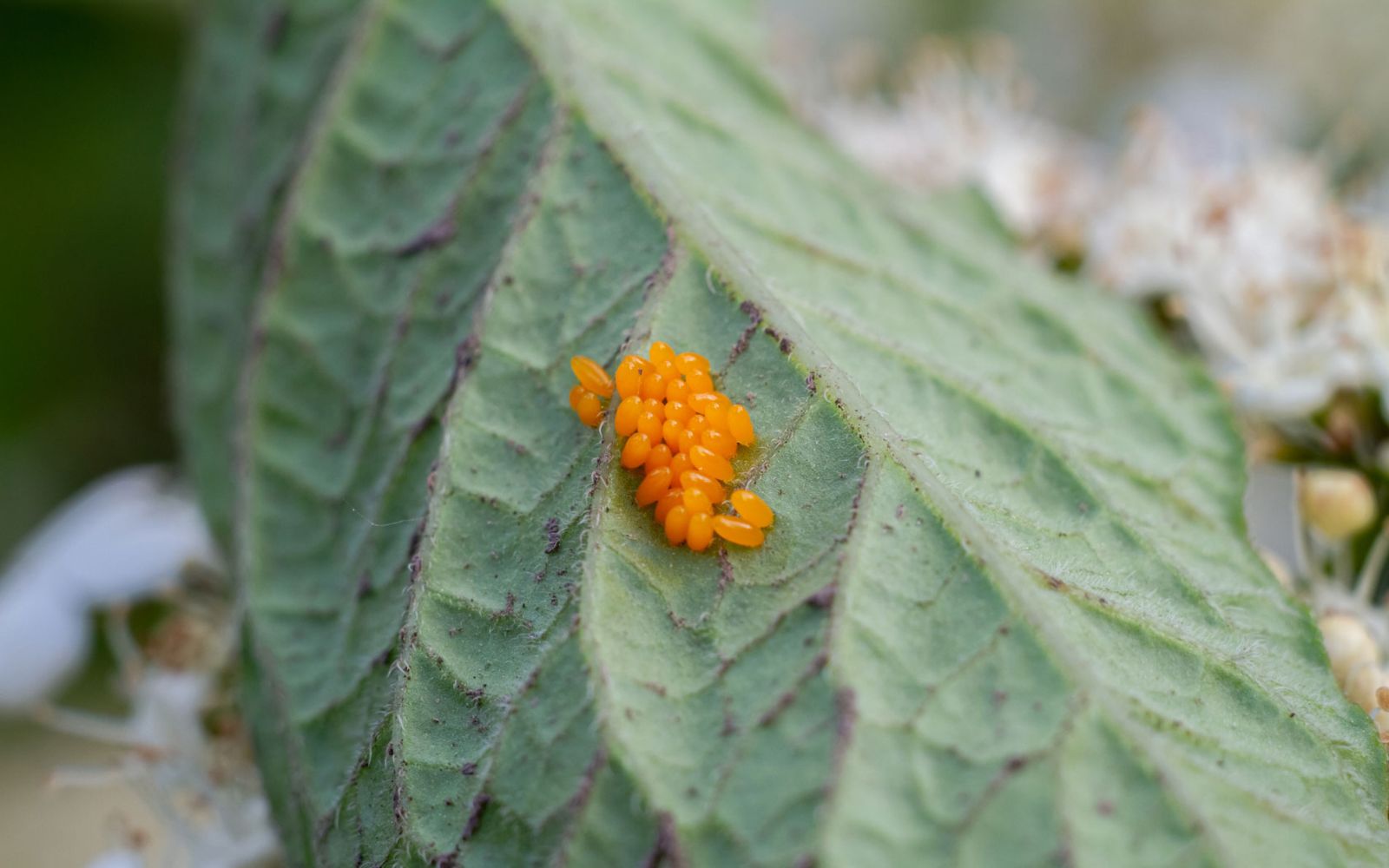
Colorado potato beetle (Leptinotarsa decemlineata) overwinters and hibernates when the temperature falls. These overwintering potato beetles emerge from the soil in spring to eat the garden plants potato shoots, mate, and lay eggs.
Female potato beetles lay 500–600 orange-yellow colored eggs over a 4 to 5-week period. Depending on the temperature, eggs hatch between 5 and 10 days, and larvae immediately feed on the potato foliage.
These potato bug larvae are orange in color, with two rows of black spots at the side of their abdomen. Multiple larvae feed together on potato crops that cause significant damage to the vegetation.
The beetle remains at the larvae stage for two to three weeks when it builds a small chamber in the soil and pupates. The pupae are yellow and stay steady in the ground.
After 5 to 10 days, the adult beetle emerges from it and is ready to start the new cycle again. These are fast breeders, and in a single year, two to three generations of beetles can grow.
| Month | Growth Phase |
|---|---|
| May to September | Colorado potato beetle lays the egg |
| June to October | Larva hatches from the egg (Larval stages) |
| July to Mid October | Pupa |
| November to April | Overwintering adult |
What damage do potato bugs do to your garden?
Adult potato bug and their larvae prefer to feed on plants from the Solanaceae family, including potatoes. They’re voracious eaters and can eat or suck the plant juice from the underside of potato and other plants’ leaves and stems.
Besides eating the plant roots, leaves, and foliage, their saliva is toxic and causes permanent damage to the potato field. However, They’re not harmful to humans, but their bite can be painful. It’s best to wear gloves when handling them.
The toxic saliva on the plant stunts its growth and reduces crop production. The damaged leaves affect the plant’s photosynthesis process that eventually causes the plant to wither and die.
The Colorado potato beetle is one of the most damaging pests to potatoes. The beetle’s larva feeds on the leaves of potato plants, while the adults feed on the foliage and stems. The beetles lay their eggs directly underside of the leaves.
As the fast-growing larvae feed in a huge group, they cause significant damage to the garden. They create varying sizes of holes in the new and old leaves, including decimating the whole plant while leaving a bare bone plant skeleton.
They move to the new plant after damaging the existing plant. A potato plant can lose up to one-quarter of its leaves without yield suffering, but it doesn’t take long for beetles to go beyond this threshold.
How to get rid of potato bugs from your garden?
If you’ve ever grown potatoes in your garden, you know that keeping the garden free from potato bugs is essential. Gardening takes a lot of work, especially if you’re planning to grow a large variety of plants.
Follow these strategies to control potato bug growth and spread in your garden effectively.
Scouting and Manual removal
You should start looking at your plants closely at the start of May as this is the time when beetles emerge from the ground. Infestation is more prominent around new plants. If you see the adult beetle around the plant or soil, look undersides of leaves for eggs.
The eggs are bright yellow or orange, and their numbers may vary. The clusters of eggs can give you some idea about the level of infestation. Pay close attention to potato plants as you are most likely to find them there rather than other plants.
If you’ve got a large garden, it may not be possible to scout through every plant. You can randomize plant inspection by walking in a V-shaped pattern and stopping every 10–12 plants looking for any infestation.
For a low-level infestation, manual removal is very effective as it gives you fast results. Follow these manual ways to control potato bug population:
- Put on a hand glove and fill an open lid jar with soap water. Use a small stick to remove beetle from leaves and drop them in the soap water jar. It’s best to do the manual removal in the early day when the weather is a bit cold as it slows the beetle movement.
- You can place the open lid container under the leaf or plant and either scoop them out with a stick and drop them in the water or shake the plant, so the beetle falls in the water jar. You can squish any sticking larvae and eggs to prevent their growth.
- Use a residential vacuum cleaner to suck them out from the plant. Don’t use a vacuum on the ground if the soil is loose.
- Leave the garden area clean to prevent these beetles from returning and hide underneath it.
- Make a DIY potato bug trap by spreading a thin layer of petroleum jelly and place it where beetles are present. The petroleum jelly traps these bugs as they crawl through it. Once trapped, you can drop them in a soap water jar to eliminate them.
Crop rotation
One of the most effective ways to control potato bugs is by doing crop rotation. Rotate the planting of your potatoes, cabbage, and other cole crops each year.
This is a very effective potato beetle control strategy that prevents the potato bug species’ growth that feeds on those crops.
Maintain proper distance between the garden, as potato bugs are very mobile. They can easily cover a few hundred feet distance in search of ideal host plants.
You can also tweak the plantation time to allow the potato to bloom before the beetles’ egg hatch in June. This blunts the damage they can do to the potato yield.
Ensure that when you plant a potato, the soil temperature should be above 40 degrees Fahrenheit. To increase the soil temperature, you can lay a plastic sheet on the ground to warm it up.
Some gardeners recommend planting a trap crop. In this, you grow a few potato plants that get attacked by beetles. A smaller number of plants make them all cluster on a few plants to feed. You can then kill them with a hand-held flame torch along with any weeds.
After you have cleared the ground and nearby area from potato bugs, you can plant the main crop. Pay close attention while flaming the bugs and make sure there is no flammable material nearby.
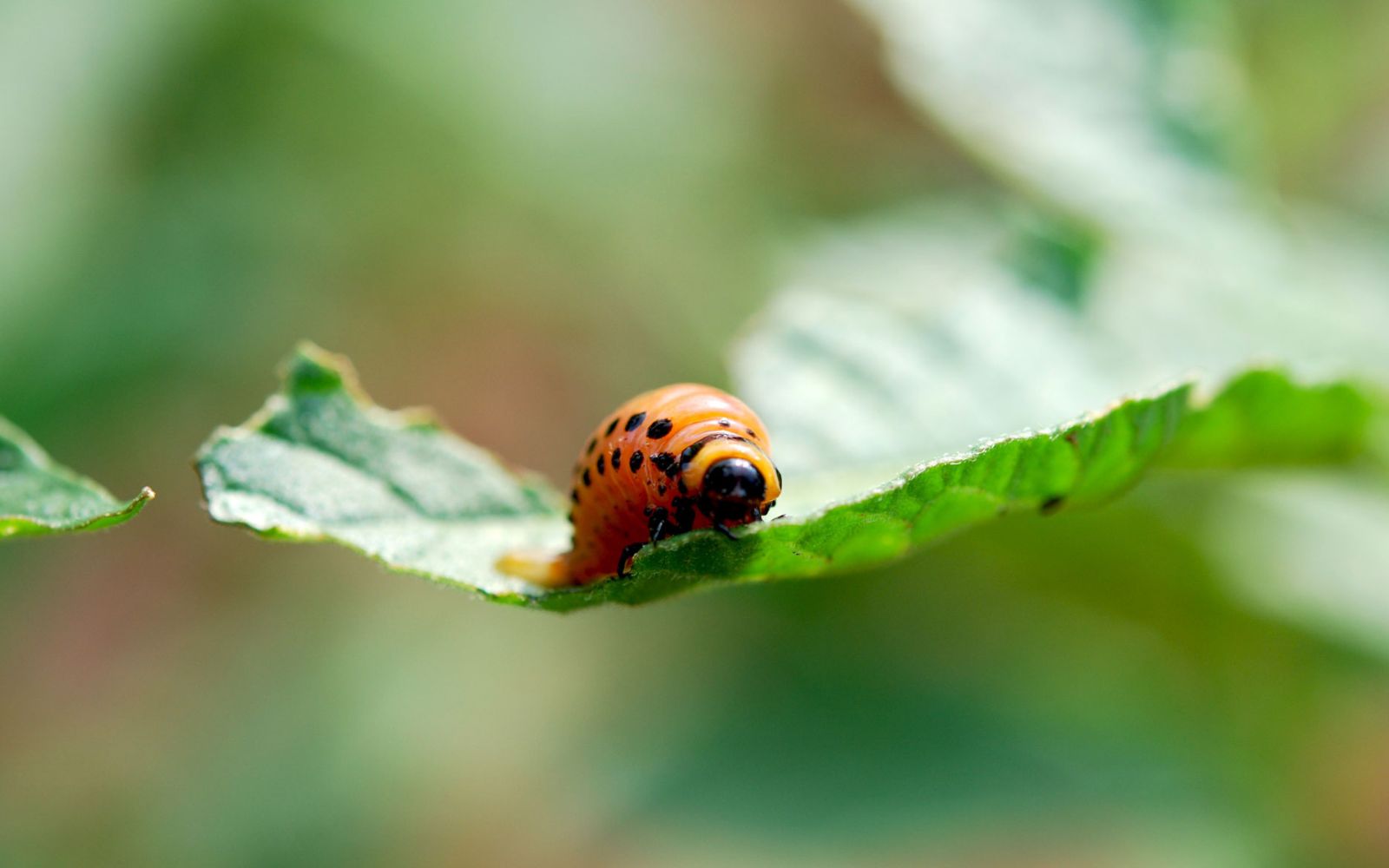
Grow potato bug resistant plant
Planting potato bug-resistant plants in your garden can help keep the bugs away from the vegetable patch. Planting Horseradish, Marigold, Catnips, Cilantro, and Bush Beans as companion planting to potato growth helps repel the potato bugs.
Lay down mulch
To control the potato bug, you need to use mulch, such as wheat straw, to layer over the soil to entice bugs to hide under it during winter. You remove the straw in January when the temperature has plummeted, exposing the beetles to cold weather and killing them naturally.
Mulching also invites the beetle predators that kill them to control their population. Spread a thin layer of wheat straw around the potato plant. Mulch also acts as a protective barrier, and sealing the edges keeps the beetle away from a plant.
Create a trench
You can create a trench around the field before planting potatoes. It should be at least 12 inches deep with a steep slope of 45 to 90 degrees.
You can also lay down thin plastic sheets on these trenches to prevent beetles from climbing. Beetles can’t fly when they emerge from the overwinter, and slippery slopes prevent them from climbing and hiding under the soil.
As the temperature gets hot, large numbers of beetles get roasted in the sun. This is a very effective method to control the potato bug population. You can trap and kill up to 95% of bugs in the trench.
Use Potato bug predators
The use of potato bug predators is one of the gardeners’ best bets to save their crops from potato bugs. It’s one of the most natural and effective ways to get rid of this pest without using harmful chemicals.
Keeping your garden conducive for predators such as ladybugs, lacewing, chickens, ducks, and birds helps control the bugs population in check.
The birds from the shrike family, including insects like spiny soldier bugs, eat the eggs and larvae of potato bugs.
You can also biologically control the bugs population by introducing beneficial insects such as mini-wasp Edovum puttleri.
It’s up to 50 percent effective in controlling potato bugs population and over 90 percent for eggplants. You can buy them commercially and release them when you first see beetles laying eggs.
Introducing nematodes in the garden soil helps eliminate potato bugs breeding in the ground. They’re most effective in light, well-drained soil.
If needed, you can till the soil then introduce nematodes to the earth. Keep the ground slightly moist to keep them mobile inside the soft soil. They attack and kill any overwatering beetles buried in the soil.
Use Diatomaceous earth dust
Diatomaceous earth is used as a non-toxic and natural way to control potato bugs in the garden. It’s made from finely crushed fossilized remains of diatoms, which are microscopic algae that died over 400 million years ago.
When diatomaceous earth is mixed with water, it becomes dust with razor-sharp edges that cut into potato bugs’ soft skin. This is an environment-friendly way to control the pest population as it’s non-toxic.
This means you can safely use it in and around your home and garden without having to worry about harming your plants, children, or pets. It’s available in granules, chunks, and pillows. Harris food grade diatomaceous earth is reasonably priced but very effective in controlling potato bugs.
Use neem oil
Commercial growers often use neem oil to kill pests on vegetables before harvest. It’s also an effective way to use it in home gardens to prevent pest control.
It works in various ways to keep insects, including potato bugs, away from your plants. Neem oil contains Azadirachtin that degrades the potato bug exoskeleton resulting in it drying out and die.
Because of its high potency, it’s available in the pre-mixed solution to spray it directly on potato bug or spray it on the plant to repel bugs.
You can also make your potato bug killer by mixing four teaspoons of neem oil in 1 tablespoon of soap and a gallon of water. You may have to use it multiple times to keep the potato bug population in check.
Spray insecticide
For a heavy infestation of potato bugs, the use of insecticide should be a last resort. Insecticide often helps control the pest population, but if not used properly, it can cause damage to the environment.
Unfortunately, potato bugs such as the Colorado potato beetle can quickly adapt to insecticides, making them ineffective. You should kill them before they develop immunity to insecticides.
Applying insecticides when beetles are at the larvae stage is the most effective way to control beetle populations. Spray it weekly till all larvae are dead.
Here is a list of popular insecticides that are effective in controlling potato bugs.
| Insecticide | Note |
|---|---|
| Abamectin | Effective in controlling larvae. Spray it in an early season of potato plantation. |
| Azadiractin | It’s a kind of neem oil that is effective against beetles and other bugs. |
| Chlorantraniliprole | You can apply it as a spray or dust that attacks the nervous system of a pest. |
| Novaluron | Highly effective in controlling the Colorado potato beetle. It’s an effect on beetle larvae but doesn’t control the adult beetle population. |
| Spinetoram | It’s a contact pesticide that kills the potato bugs. Use it when the potato plant starts showing damage. |
| Spinosad | Effective in controlling all stages of Colorado potato bugs (CPB). |
| Bacillus thuringiensis (Bt) | Environmentally safe to use and effective on Colorado potato bugs. |
How do you treat potato bug bites (Jerusalem cricket bite)?
You may get bitten by potato bugs such as Jerusalem cricket if you mishandle them. The good news is that they’re not toxic, but they have a strong jaw that can give you a painful bite. This is why it’s crucial to wear working gloves when doing gardening.
Some potato bites may cause redness and swelling that may last a couple of minutes. You can wash the bitten area in clean water to remove any dirt and apply moisturizing cream to smoothen areas.
In some cases, you can also apply insect bite creams such as Cortizone to get relief. Its natural cream is made of aloe vera that also reduces inflammation & redness due to insect bites.
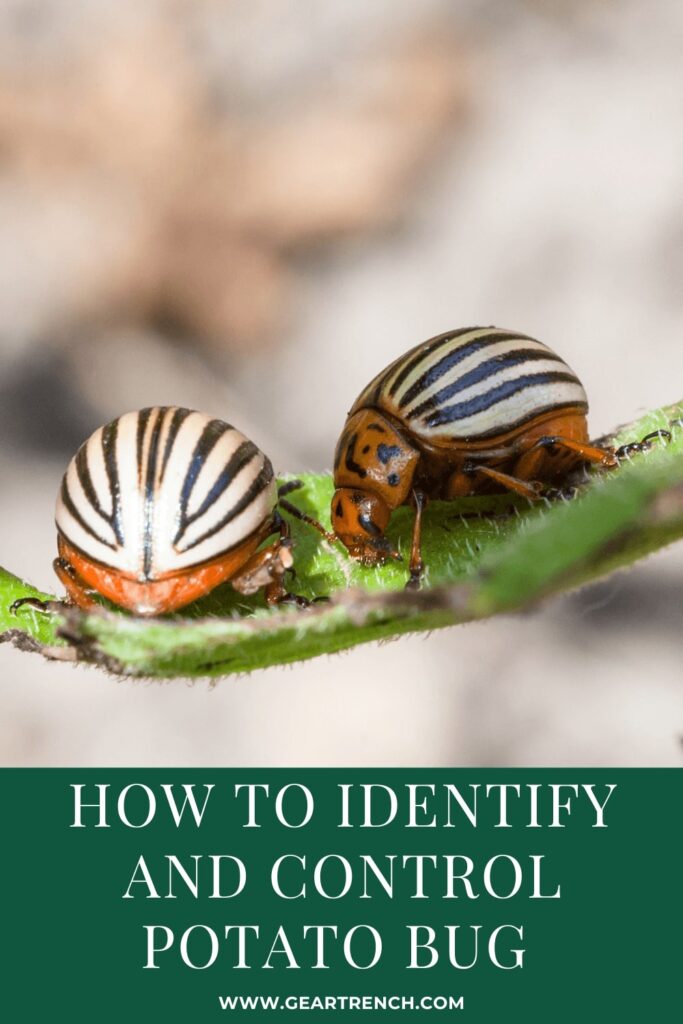
Don’t forget to share this post

